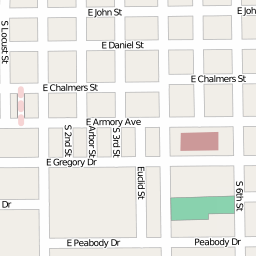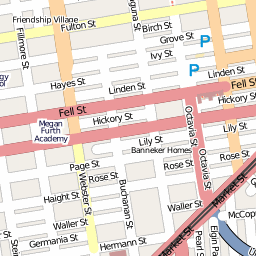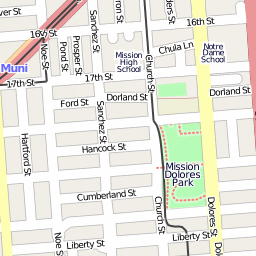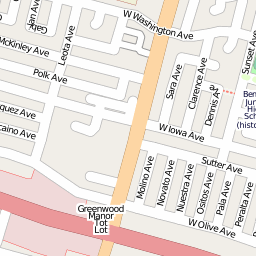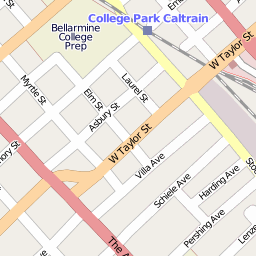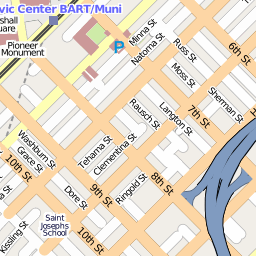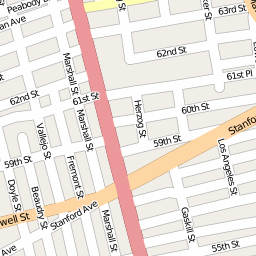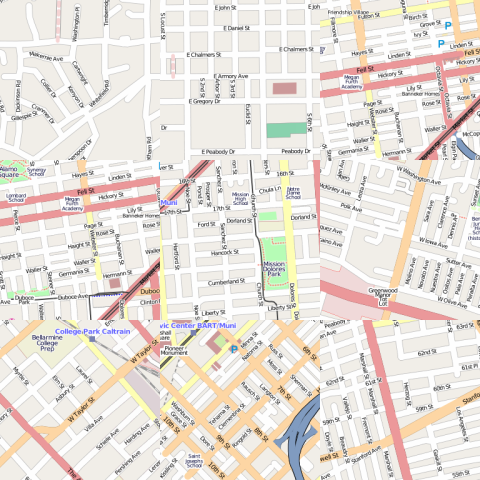Congratulations on your election and tomorrow’s inauguration as Oakland mayor.
I ranked Rebecca Kaplan ahead of you, but in truth my expressive rationale for doing so could just as well have favored you: a progressive Asian American woman represents a defining characteristic of what makes Oakland special and its future just as much as does a green lesbian (who is also an American and a woman, but such is identity politics).
Expressiveness aside, expectations for positive outcomes from your term as mayor are pretty low (note emphasis on outcomes; everyone knows you’ll put in more hours than recent Oakland mayors). Oakland still has a terrible crime problem, and city finances are beyond terrible. I suspect if there were betting markets on outcomes related to these problems, current prices would predict that under your leadership crime will get worse (relative to comparable cities; of course national trends may determine absolute direction of change), chief police Anthony Batts will quit, the city will teeter on bankruptcy, your response will be to ‘social program us to death’, and you will be a one term mayor, succeeded by Kaplan, Joe Tuman, or John Russo.
Low expectations can be a blessing, if you’re willing to take steps to smash them and secure your re-election and legacy as Oakland’s most successful mayor in decades.
First, crime. Blaming the problem on poverty, racism, poor schools, unemployment, etc., isn’t going to cut it, neither as discourse nor as the stereotypical actions resulting, loosely characterized as “building youth centers”. Most voters aren’t that stupid (well, they are, but in other directions when it comes to crime). Fortunately, one can be a good progressive, acknowledge that crime is a major problem, especially for the disadvantaged, and take smart, progressive-compatible steps to smash crime. Check out Progressive Change Campaign Committee co-founder Aaron Swartz’s essay on crime:
Such things are a frustration for white suburbanites, but for poor people stuck in the ghetto, they’re a nightmare. Crime is yet another disadvantage and a particularly noxious one at that. Even aside from all the other indignities suffered by the poor, just imagining life in a crime-ridden neighborhood is enough to make your skin crawl.
…
So there’s the question: How can we have less crime with less punishment?
Here are the no-brainer steps you can take on crime:
- Do not get caught saying anything that could be construed as “blaming society” for the problem or that the solution consists of “building youth centers”.
- Work with Batts to actually fight crime; defer to his expertise at every opportunity.
- Provide high-minded leadership on protecting civil liberties; on this defer to nobody. However, limit riot-bait to national and global issues. For example, city proclamations calling for bringing George W. Bush to justice and the like will only cause rioting on right-wing talk radio, leaving Oakland neighborhoods and businesses unscathed.
Next, finances. Similarly no-brainer suggestions:
- Repeat early, loudly, and clearly that Oakland has an unsustainable spending problem, and everyone, especially your loyal allies in and funded by city government, are going to feel immediate pain.
- Immediately push through cuts, primarily to areas you favor politically, sparing police and maintenance as much as possible.
- Immediately push through efficient revenue increases, e.g., tackle mis- and under-priced parking.
Beyond the above mandatory issues, a few less pressing but visionary actions for you to consider adding to your mayoral legacy:
- Do everything you can to signal (and perhaps do a little of substance too) that you believe Oakland is the eco-city of the future, urban permaculture doers are heroes, and Oakland should be the world leader in marijuana business and education. Each of these increases Oakland’s specialness, and eliminates any future challenge from Kaplan. (If you’re moderately successful on the two major issues above, you also eliminate any traction Tauman or Russo might otherwise gain during your first term.)
- Make Oakland the leader in “open” policy. There are obvious opportunities around city data, software procurement, and open licensing of city publications. The last would even help improve the article about you on Wikipedia. ☺ I and many other technology professionals and advocates of openness who live in Oakland would love to help. Some of us work for Creative Commons and other organizations with deep expertise in this area.
- In another decade, autonomous vehicles will reshape cities. Establish some kind of an unpaid citizens committee to investigate how Oakland can prepare.
Here’s to great outcomes for Oakland, and your incredible success as mayor!
Mike Linksvayer
Golden Gate District, Oakland




